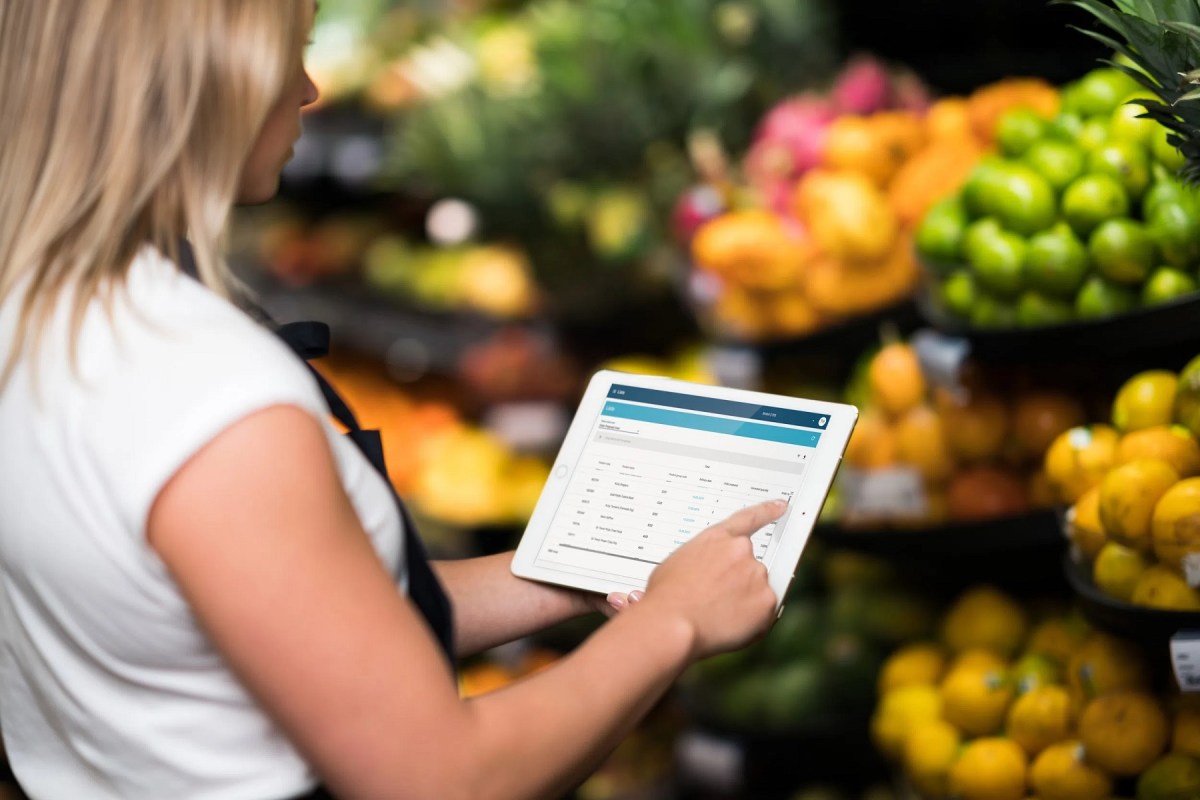In Australia, the retail sector is at the forefront of a major environmental and economic challenge: food waste. The National Food Waste Strategy Feasibility Study paints a concerning picture: food waste costs an astounding $36.6 billion annually.
This represents a significant loss for retailers, with 7.6 million tonnes of food being wasted throughout the supply chain. Such wastage not only signifies missed revenue but also contributes to 3% of Australia’s yearly greenhouse gas emissions.
Managing perishable items like fruits and vegetables intensifies the complications for grocery retailers. Fortunately, modern technology offers potential solutions to mitigate these issues in the retail environment.
Given the complexities and challenges of managing perishable goods, retailers are turning to innovative strategies and technologies to optimise their operations. An example of one such technology retailers are employing to reduce waste, enhance availability, and improve profitability is supply chain and retail planning technology using AI and machine learning algorithms.
Let’s explore some of these key technologies that are reshaping the way grocery retailers approach inventory management, demand forecasting, and in-store operations:
- Embracing Machine Learning for forecasting: Inventory management for perishable items becomes extremely complex due to seasonal unpredictability. Traditional models relying on historical data, often miss these dynamics. Machine learning, however, continuously adapts to diverse data inputs, considering variables from supplier changes to weather patterns, ensuring precise inventory forecasts. Take a large supermarket chain as an example. By implementing machine learning demand planning systems, they can analyse historical data and real-time weather forecasts to predict surges in demand for fresh produce during heatwaves or holidays. This allows them to stock up accordingly, reducing waste, and ensuring customer satisfaction.
- Flexible planning systems: Considering short assortment periods, grocers need a planning system that’s agile and updates in real-time. If a fruit’s harvest starts late, for instance, the system should be able to adjust the time-series forecast accordingly. Additionally, it should be equipped to model demand against current sell-prices, ensuring products remain available and spoilage is minimised. For instance, a small local grocery store uses a flexible planning system connected to real-time market data. When they notice that the price of strawberries is dropping due to a surplus in the market, the system automatically adjusts their orders to take advantage of the lower prices, reducing costs and waste.
- Managing fresh produce inventory challenges: Unlike non-perishable items, fresh produce presents unique inventory challenges. For instance, if a store system indicates there are 30 pumpkins available, but upon physical inspection, only 25 are found—with some nearing spoilage—it highlights a discrepancy. Traditional inventory systems may not account for the perishable nature of fresh produce, leading to such mismatches. By using modern technology, retailers can monitor and adjust inventory in real-time, ensuring accurate stock levels. With a unified retail platform, any discrepancies are quickly resolved, guaranteeing fresh produce availability, reducing waste, and enhancing profitability.
- Data management: With diverse product variants, like multiple apple types each coded differently based on supplier or origin, manual management becomes daunting. Efficient planning systems, empowered by technology, can consolidate these codes for group-level forecasting and enable filters for attributes like organic or locally sourced items. An example of this would be when a regional grocery co-op simplifies its inventory management by using technology to standardise product codes for different apple varieties from various suppliers. This not only streamlines their ordering process but also helps them promote locally sourced apples more effectively.
- Optimising space and replenishment plans: Shifts in demand or availability of one variant may influence the stock of another. Consider an urban supermarket that utilizes technology to monitor inventory levels and customer preferences. When they see that yellow onions are running low and red onions are overstocked, they automatically adjust their store layout and promotions to encourage shoppers to choose red onions, preventing waste.
- Enhancing the value chain through collaboration: To leverage the potential of technology fully, collaboration is essential. This involves working cohesively across various stakeholders, from supply chain professionals to planogrammers and purchasers. By integrating technology into their operations, retailers can transform age-old challenges into new avenues for growth and efficiency.
This may look like when an international grocery retail chain collaborates with local farmers and suppliers to create an integrated system. They share data on demand forecasts, inventory levels, and delivery schedules, allowing for more efficient and sustainable sourcing of fresh produce. This not only reduces waste but also ensures that customers receive high-quality, locally sourced items.
Retailers who want to ensure freshness and minimise waste should consider investing in a technology solution using machine learning and data analytics to simplify the management of perishable items. The right tools can help to boost efficiency, sustainability, and customer satisfaction, making them crucial for successful retailers.
Svante Göthe is head of sustainability at RELEX Solutions.

